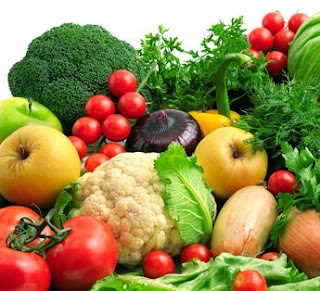Herbs can grow in all sorts of situations. You can see herbs which are planted in a window box, to herbs that are planted in a wild organic garden full of teasels and brambles.
 |
| grow organic herbs |
You have to plant your favorite herbs according to your personal taste. Of course, plant the herbs according to their purpose of use. Some herbs can be scattered throughout a garden. That's may be something good for the diversity of your organic garden. Diversity is a key principle for a successful organic garden.
If you plan to go into a large-scale production of organic herbs, for cooking them daily, it will be easier to dedicate a separate area to them. It’s a good idea to group your organic herbs by their growing requirements rather than by their use.
Home page: Grow organic garden-eat your biological food
Home page: Grow organic garden-eat your biological food






















